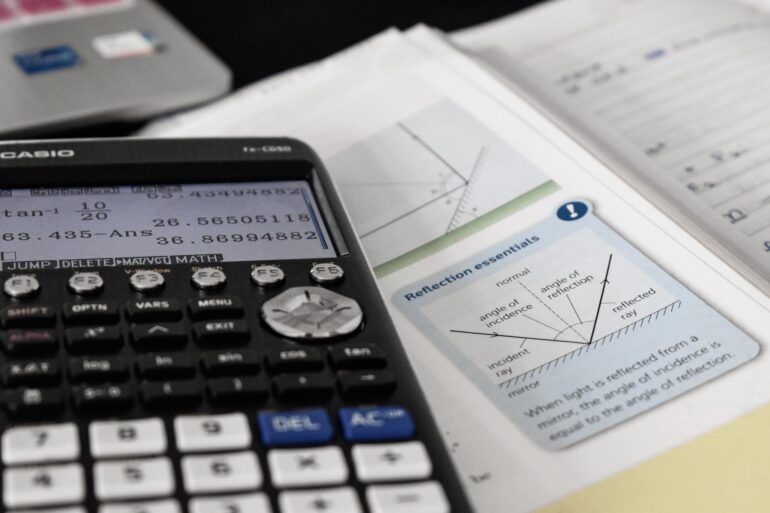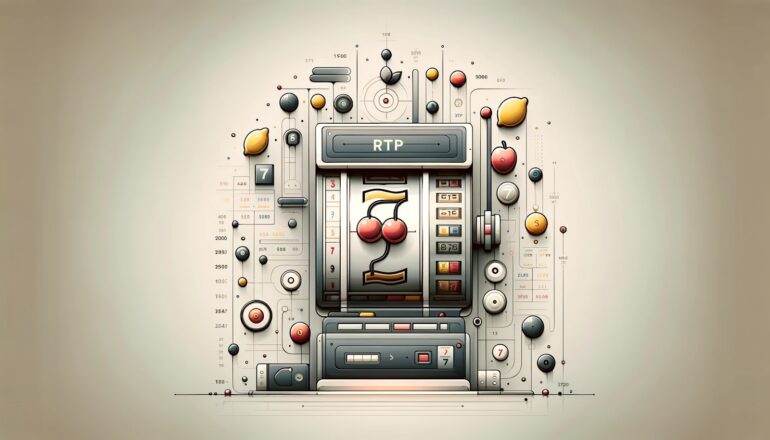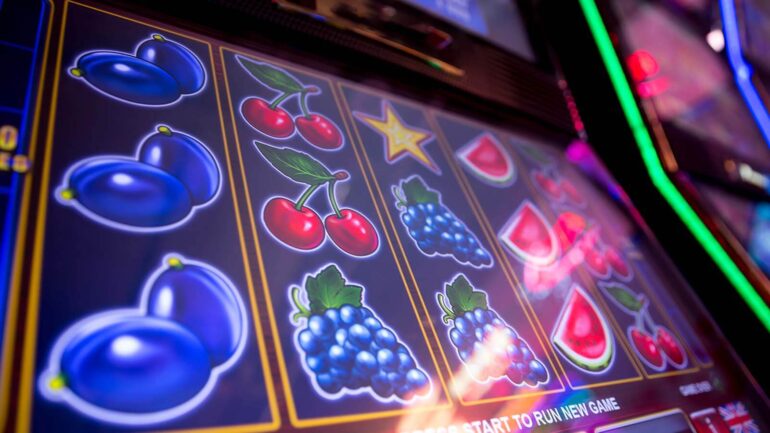
Online slots have become increasingly popular in the digital age, offering players the excitement of casino games from the comfort of their homes. One of the key concepts in online slots is the Return to Player (RTP) percentage.
RTP is a crucial factor that players should understand to make informed decisions and enhance their gaming experience.
What is RTP?
RTP stands for Return to Player, and it represents the percentage of all wagered money that a slot machine or casino game will pay back to players over time. For example, if a slot game has an RTP of 95%, it means that, on average, the game will return 95% of the money wagered by players over a long period, keeping 5% as profit for the casino.
Importance of RTP
RTP is a critical factor for players because it gives an indication of the game’s potential payout. Understanding RTP helps players choose games that offer better chances of winning in the long run. However, it is essential to remember that RTP is a theoretical percentage calculated over millions of spins, and individual sessions can vary significantly.
How RTP is Calculated?

Theoretical Calculation
RTP is calculated theoretically by the game developers and is based on extensive simulations. The process involves running the game for millions of spins to determine the average payout. The formula used is:
RTP=(Total Amount Returned to PlayersTotal Amount Wagered by Players)×100RTP = \left( \frac{\text{Total Amount Returned to Players}}{\text{Total Amount Wagered by Players}} \right) \times 100RTP=(Total Amount Wagered by PlayersTotal Amount Returned to Players)×100
Factors Affecting RTP
Several factors influence the RTP of a situs slot gacor game, including the game’s design, bonus features, and the random number generator (RNG) that determines the outcomes of each spin. Developers balance these factors to ensure the game is fair and engaging while maintaining a certain profit margin for the casino.
Types of RTP

High RTP Slots
Slots with a high RTP, typically above 96%, are considered favorable for players. These games offer a higher average return over time, making them attractive for those seeking better winning opportunities. Examples of high RTP slots include “Blood Suckers” by NetEnt and “1429 Uncharted Seas” by Thunderkick.
Low RTP Slots
Low RTP slots, with percentages below 94%, are less favorable for players in terms of long-term returns. However, these games might offer other attractions, such as high volatility, large jackpots, or engaging themes and graphics. Players should be aware that these slots have a higher house edge and lower average returns.
Impact of RTP on Gameplay

Short-Term vs. Long-Term Impact
In the short term, the impact of RTP may not be noticeable due to the inherent randomness of slot games. Players might experience significant wins or losses regardless of the game’s RTP. Over the long term, however, games with higher RTPs will generally offer better returns, aligning more closely with the theoretical percentage.
Player Strategies Based on RTP
Understanding RTP can help players develop better strategies for their gaming sessions. For instance, players seeking longer playing sessions might prefer high RTP games to maximize their bankroll. Conversely, those chasing large jackpots might opt for lower RTP games with higher volatility, accepting the lower average return for the chance of a substantial payout.
Conclusion
Understanding the impact of RTP in online slots is essential for players looking to make informed decisions and enhance their gaming experience. RTP provides a theoretical measure of a game’s potential payout, helping players choose games that suit their preferences and strategies.
While RTP is a crucial factor, players should also consider other elements such as game volatility, bonus features, and personal enjoyment when selecting online slots.
